Birds of prey, or raptors, have always captivated our imagination with their fierce hunting abilities and aerial prowess. When we think of these magnificent predators, most of us envision eagles snatching fish from lakes or hawks diving for small rodents in open fields. However, the reality of raptor diets extends far beyond these common scenarios. These apex predators have evolved to become incredibly versatile hunters, often consuming prey that might surprise even the most knowledgeable wildlife enthusiasts. From unexpected mammals to reptiles and even other birds, raptors have adapted their hunting techniques to take advantage of available food sources in their habitats. This article explores six shocking prey items that demonstrate the remarkable adaptability and sometimes surprising dietary preferences of these formidable aerial hunters.
The Unexpected Diet of Osprey: More Than Just Fish
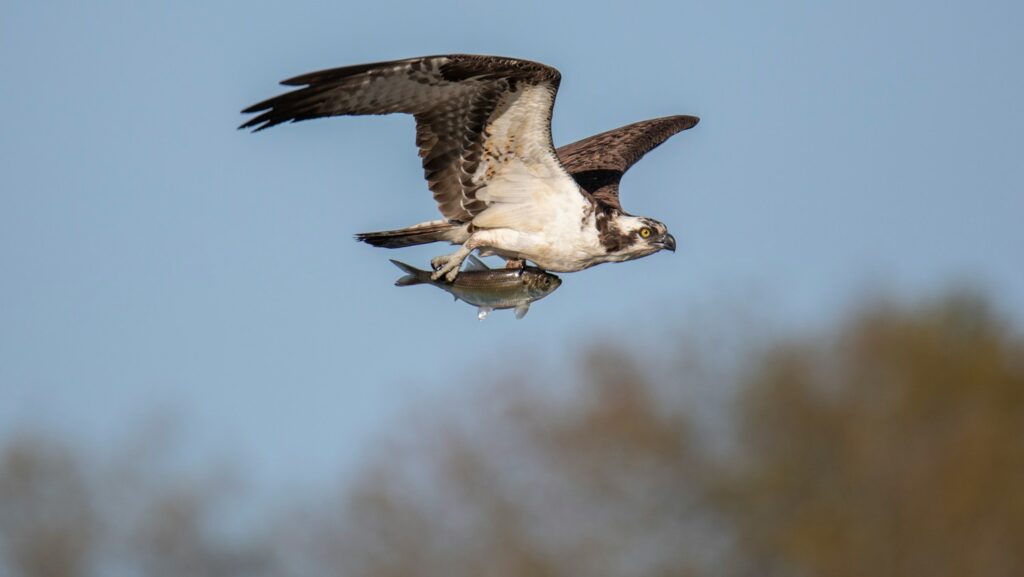
Ospreys, often called “fish hawks,” are renowned for their spectacular dives to catch fish, which constitute about 99% of their diet. However, researchers have documented several instances of ospreys deviating from their typical piscivorous diet in extraordinary ways. In rare circumstances, especially during periods of fish scarcity, ospreys have been observed capturing small mammals like voles, rabbits, and even muskrats. Even more surprising are the verified reports of ospreys taking waterbirds, including ducks and grebes, particularly when these birds are vulnerable or injured. These exceptional hunting behaviors demonstrate the remarkable adaptability of ospreys when their preferred prey becomes unavailable, challenging our understanding of their specialized fishing lifestyle.
Golden Eagles Taking Down Deer and Mountain Goats
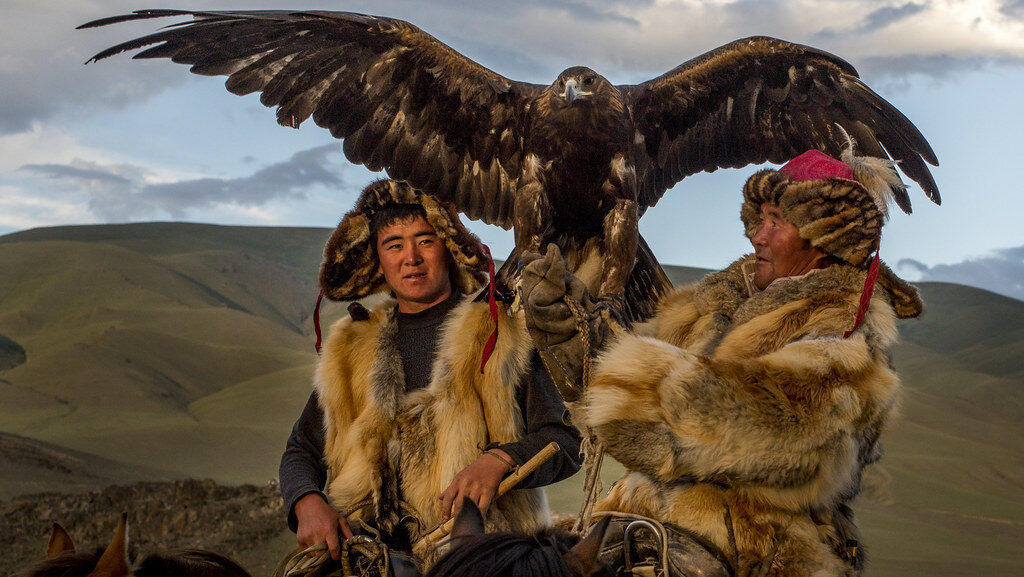
While many know golden eagles as powerful hunters, few realize the true extent of their predatory capabilities. These massive birds, with wingspans reaching over seven feet, have been documented attacking and killing animals as large as deer, mountain goats, and even juvenile bighorn sheep. Their hunting technique involves a strategic approach – swooping down at speeds exceeding 150 mph and striking with their powerful talons, sometimes knocking large prey off cliffs in mountainous terrain. In Scotland, golden eagles regularly prey on red deer calves, with studies showing they can successfully take down animals weighing up to 30 pounds. This remarkable predatory behavior illustrates why golden eagles sit at the apex of avian predators, capable of hunting prey many times their own weight through a combination of speed, strength, and precision.
Peregrine Falcons: The Bat Hunters of Urban Skies
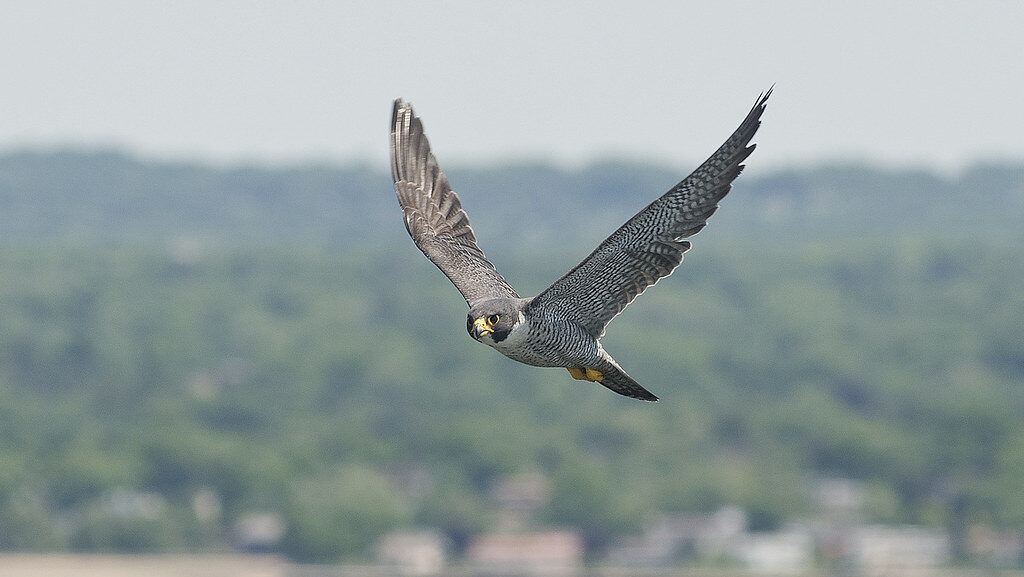
Peregrine falcons, celebrated as the fastest animals on earth with diving speeds exceeding 240 mph, have adapted surprisingly well to urban environments where they’ve developed specialized hunting behaviors. One of their most unexpected prey choices in cities is bats, which they hunt during twilight hours when bat colonies emerge from their roosts. Research in several metropolitan areas has documented peregrines waiting near bat caves or urban structures, intercepting these mammals mid-flight with remarkable precision. The hunting technique differs significantly from their daytime bird-hunting strategy, as peregrines must adjust to the erratic flight patterns of bats in low-light conditions. This specialized bat-hunting behavior demonstrates the peregrine’s exceptional adaptability and visual capabilities, allowing them to exploit an ecological niche that few other raptors can access in urban settings.
Owl’s Secret Menu: Porcupines and Skunks
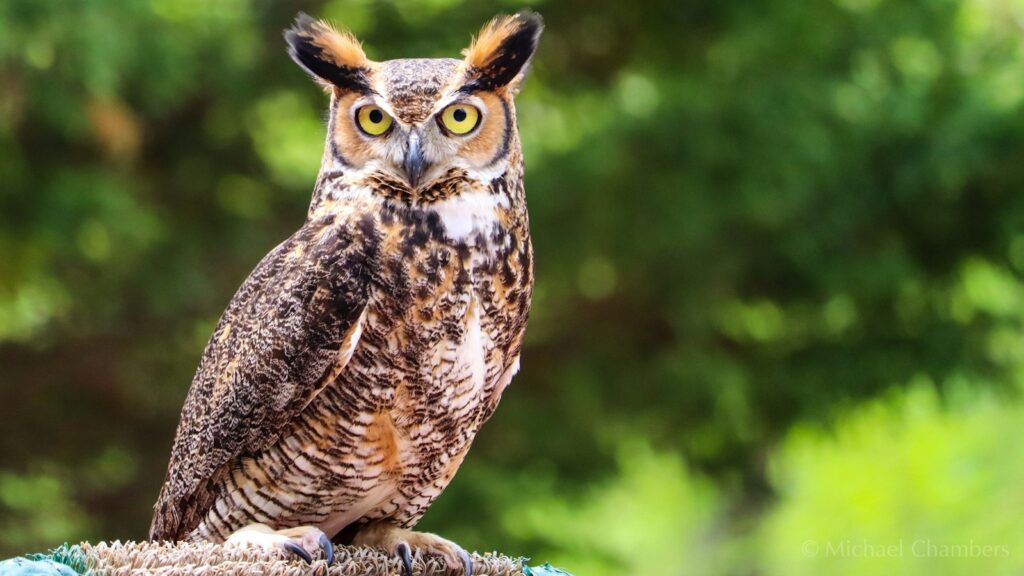
Great horned owls have earned the nickname “tiger of the skies” for good reason, as they possess one of the most diverse diets among all raptors with a prey list exceeding 500 species. Perhaps most shocking is their ability to successfully hunt and consume porcupines and skunks, animals most predators studiously avoid. These powerful owls have developed specialized techniques for handling porcupines, attacking the unprotected face first before carefully skinning the quilled portions to access the meat. Even more surprising is their apparent immunity to skunk spray, with researchers finding that great horned owls lack the strong olfactory sense that would make skunk spray deterrent. Field studies have found skunk remains in up to 20% of great horned owl pellets in certain regions, confirming these malodorous mammals as a regular part of their diet in many habitats.
Red-Tailed Hawks: The Snake Specialists
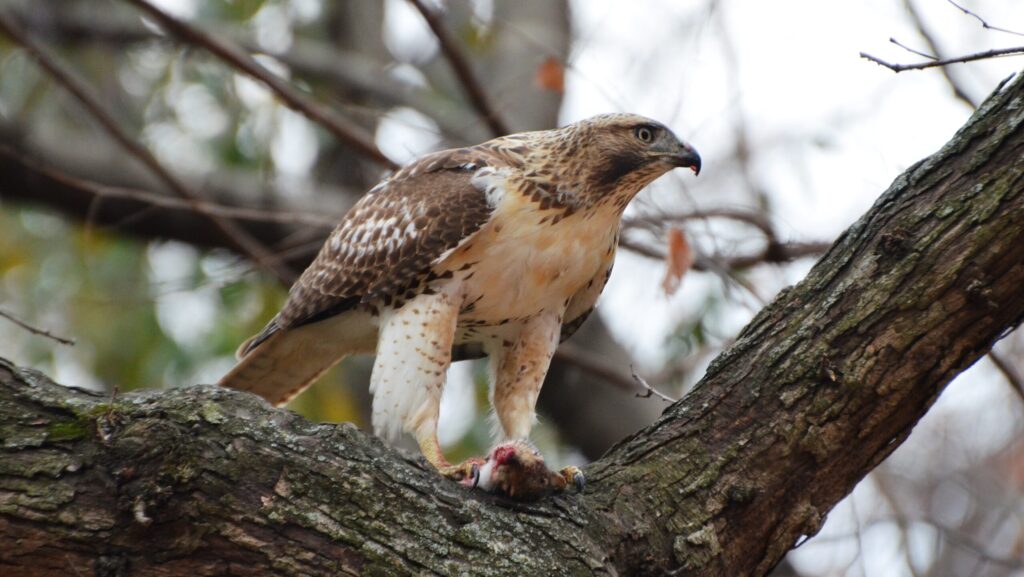
Red-tailed hawks, among North America’s most recognizable raptors, have developed specialized hunting techniques for capturing and consuming venomous snakes, a prey choice that would prove fatal to many other predators. These adaptable hawks employ a strategic approach when hunting rattlesnakes, copperheads, and other venomous species, typically attacking from above and striking at the snake’s head or neck region to minimize exposure to fangs. What makes this behavior particularly remarkable is the hawks’ apparent resistance to snake venom, with research suggesting they possess specialized proteins in their blood that can neutralize certain snake toxins. Studies of red-tailed hawk pellets in southwestern desert regions have found snake remains constituting up to 40% of their diet in some areas, demonstrating their significant ecological role in controlling snake populations.
Secretary Birds: The Serpent Stompers
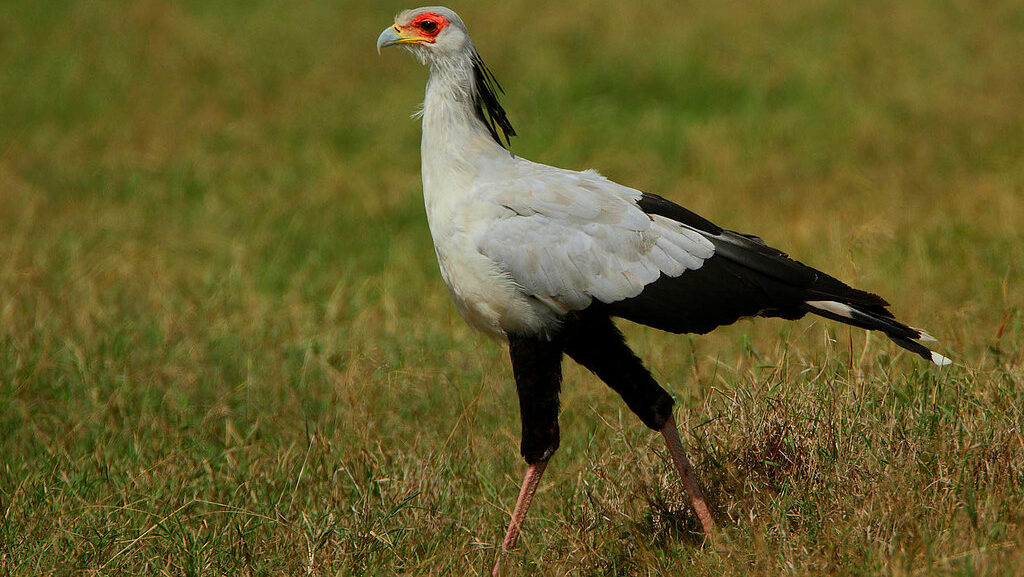
The secretary bird of Africa stands apart from typical raptors both in appearance and hunting style, resembling a cross between an eagle and a crane with its long legs and distinctive head plumage. What makes this raptor’s prey choices particularly shocking is its specialized technique for hunting and killing some of Africa’s deadliest snakes, including black mambas and cobras. Rather than using their talons like typical raptors, secretary birds employ powerful, precision kicks that can deliver up to 70 pounds of force per square inch, effectively stunning or killing snakes before they can strike. Researchers have calculated that these stomping attacks happen with remarkable speed, with the bird’s leg accelerating faster than a Formula 1 car in just a fraction of a second. This unique hunting adaptation allows secretary birds to safely dispatch venomous prey that would be dangerous or impossible for other predators to handle.
Harris’s Hawks: Coordinated Pack Hunters
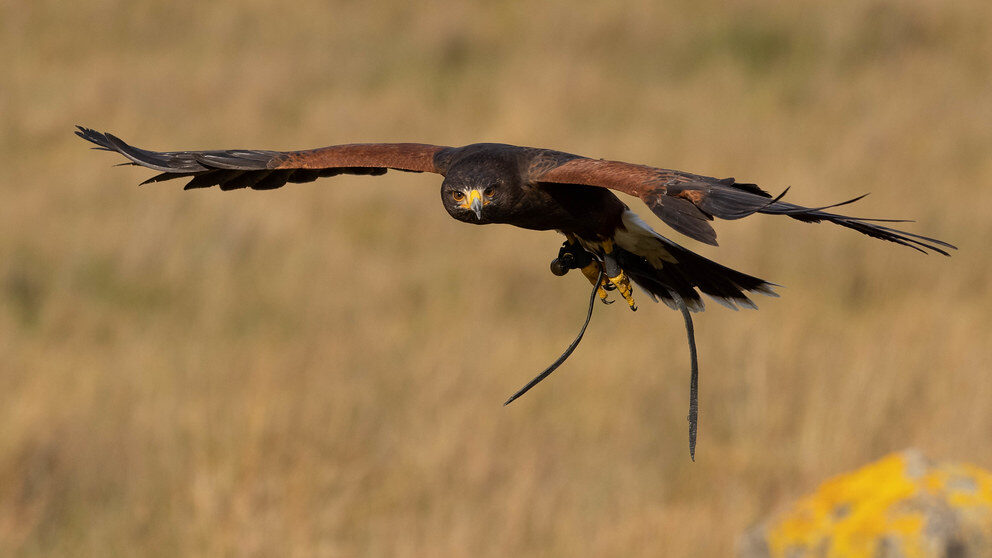
Harris’s hawks of the southwestern United States and Central America exhibit a hunting behavior so unusual among raptors that it has shocked researchers for decades – they hunt cooperatively in packs like wolves. This social hunting strategy allows them to take down prey significantly larger than what a single hawk could handle, including full-grown jackrabbits and young deer. Their coordinated tactics often involve “relay hunting,” where hawks take turns pursuing prey to tire it out, or “flush and ambush” techniques where some hawks drive prey toward others waiting in concealed positions. Perhaps most remarkable is their “stacking” behavior, where hawks literally stand on each other’s backs to form living ladders up to three birds tall, allowing them to survey territory or reach prey hiding in dense vegetation. This sophisticated social hunting behavior represents one of the most complex and unexpected adaptations in the raptor world.
Bald Eagles: Opportunistic Scavengers and Kleptoparasites
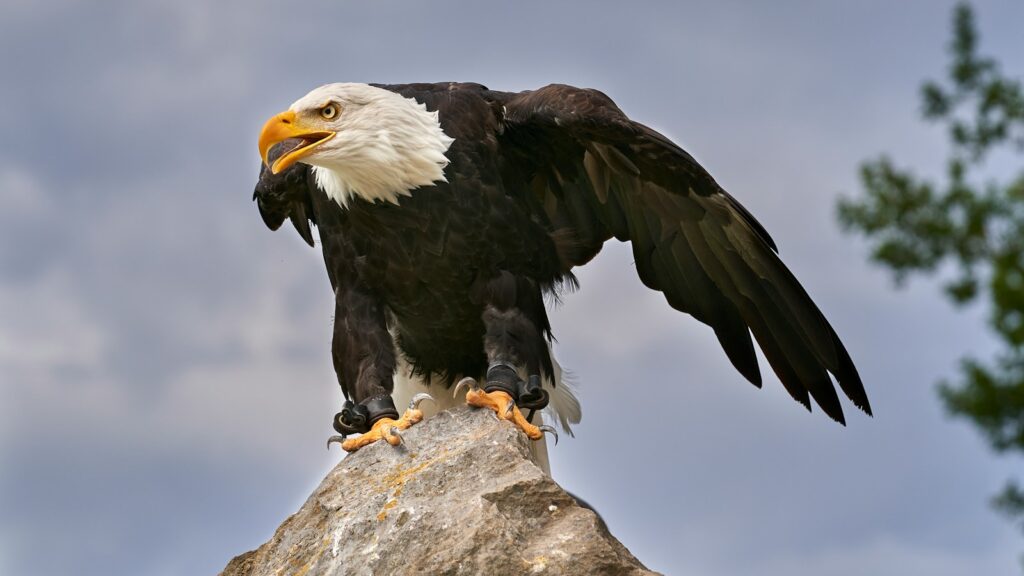
While bald eagles are often portrayed as noble hunters in popular culture, their actual feeding habits can be surprisingly less dignified, as they regularly engage in scavenging and food theft. Despite their impressive hunting abilities, studies show that up to 50% of a bald eagle’s diet may come from carrion, particularly in winter months when fishing becomes difficult. Even more shocking is their systematic kleptoparasitism – the practice of stealing food from other predators. Researchers have documented bald eagles routinely harassing osprey until they drop their catches, bullying foxes away from their kills, and even forming large groups to mob wolves or bears at carcass sites. This opportunistic behavior demonstrates that despite their iconic status, bald eagles are pragmatic survivors willing to employ whatever feeding strategy requires the least energy expenditure for the highest caloric return.
Vultures: Not Just Scavengers After All
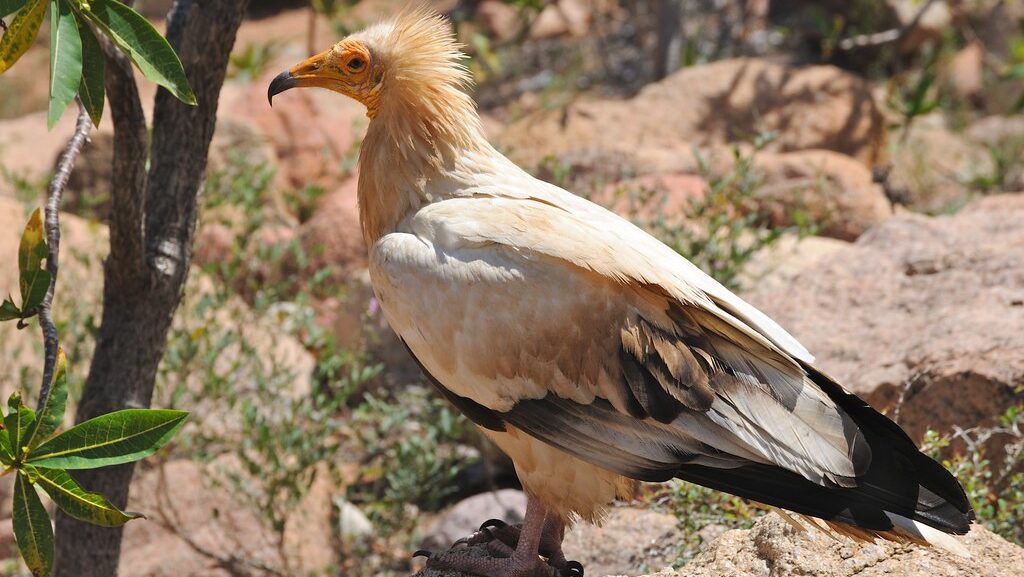
While not typically classified as raptors in the strictest sense, vultures share many characteristics with their bird of prey relatives, and their feeding habits contain some genuinely shocking surprises. Contrary to their portrayal as exclusive scavengers, several vulture species actively hunt live prey when the opportunity arises. Turkey vultures have been documented hunting and killing small mammals, reptiles, and even other birds when carrion is scarce. The Egyptian vulture demonstrates remarkable tool use, throwing rocks to break open ostrich eggs that would otherwise be inaccessible. Perhaps most surprising are palm-nut vultures, which have evolved to specialize in harvesting and consuming the fruits of oil palm trees, making them one of the few primarily herbivorous birds in the vulture family. These unexpected feeding behaviors challenge our conventional understanding of vultures as nature’s clean-up crew and reveal their remarkable dietary flexibility.
The Pygmy Falcon’s Peculiar Diet: Lizards and Sociable Weavers
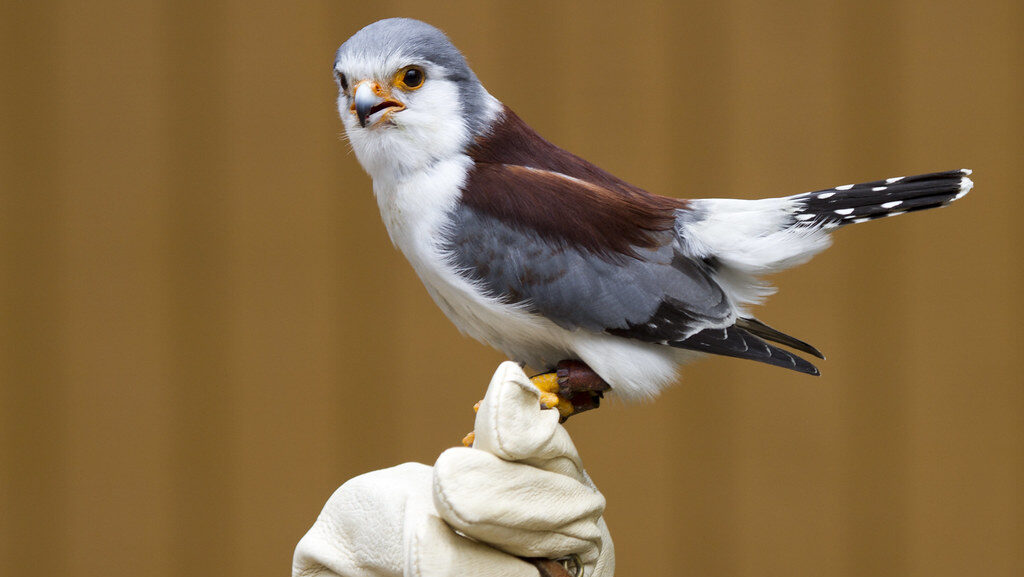
The diminutive pygmy falcon of Africa, weighing less than a tennis ball at about 2 ounces, exhibits one of the most unusual and controversial feeding relationships in the raptor world. These tiny predators have developed a complex symbiotic yet sometimes parasitic relationship with sociable weavers, small birds that build massive communal nests. While pygmy falcons primarily hunt lizards and insects, research has documented regular predation on weaver chicks and eggs, particularly during breeding season when protein demands are high. What makes this relationship especially remarkable is that pygmy falcons exclusively nest within the chambers of weaver colonies, essentially living among their occasional prey in an arrangement that benefits the falcons while potentially reducing weaver reproductive success. This complex predator-prey-host relationship demonstrates how even the smallest raptors can develop sophisticated ecological interactions that blur the lines between mutualism and parasitism.
Snail Kites: The Mollusk Specialists
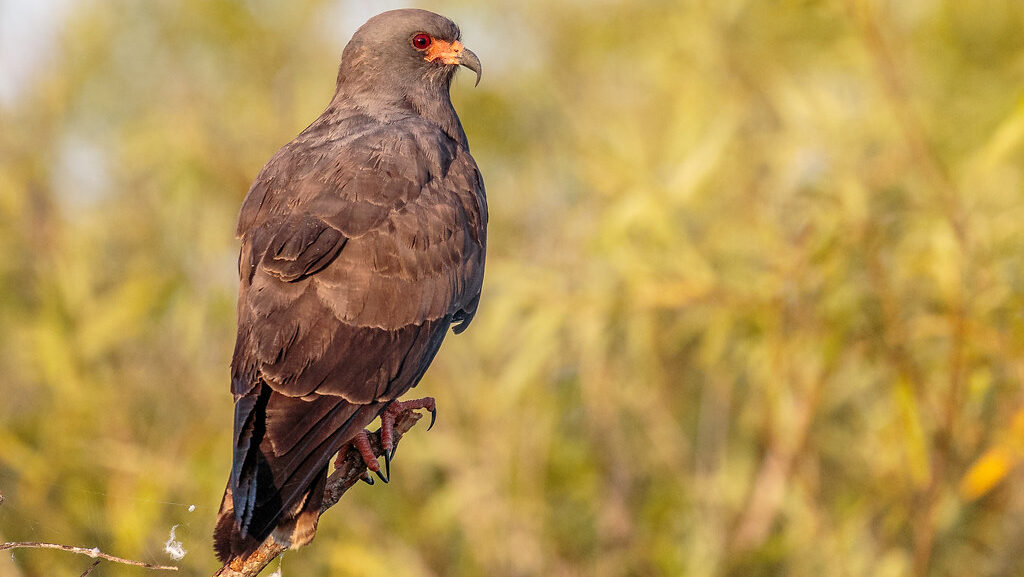
Among the most specialized feeders in the raptor world, the snail kite of Florida and Central/South America has evolved to focus almost exclusively on a diet that no other raptor can effectively exploit – apple snails. These unusual raptors possess a highly specialized bill that curves precisely to match the spiral of snail shells, allowing them to extract the mollusk meat with remarkable efficiency. Their hunting technique involves spotting snails near the water’s surface, plucking them with their feet, and then perching to meticulously extract the prey using their specialized bill. What makes this diet particularly remarkable is the extreme specialization involved – studies show that over 95% of their diet consists solely of these aquatic snails. This hyper-specialized feeding strategy demonstrates the extraordinary evolutionary adaptations raptors can develop to exploit unique ecological niches, even when it means developing tools for a food source no other raptor can effectively utilize.
The Evolutionary Significance of Diverse Raptor Diets
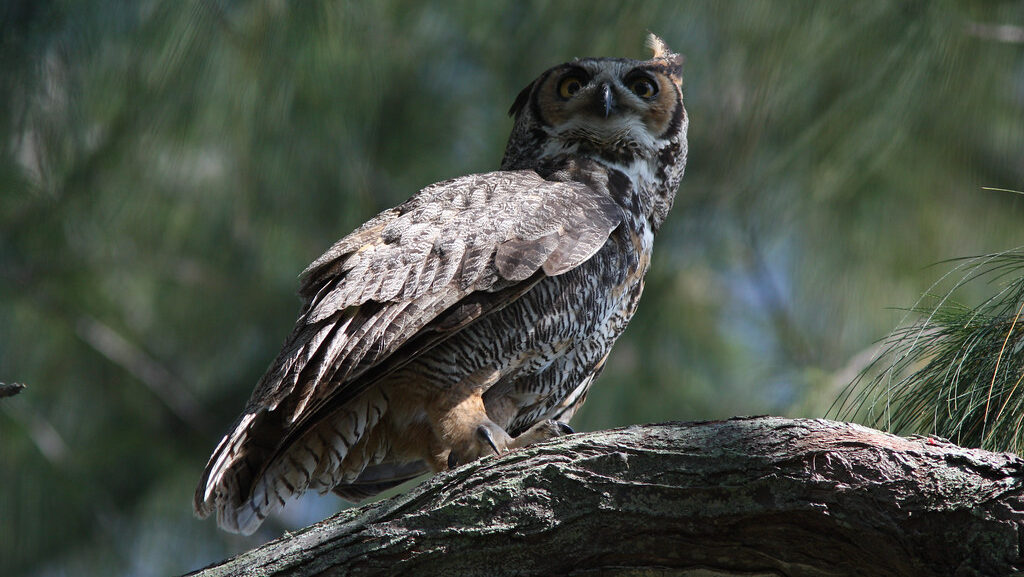
The shocking diversity of raptor prey choices reveals profound insights into evolutionary adaptation and ecological dynamics. Each unusual prey specialization represents millions of years of co-evolution, where physical characteristics like talon structure, bill shape, wing design, and even digestive enzymes have been fine-tuned to exploit specific prey niches. This dietary diversification has allowed raptors to occupy virtually every terrestrial ecosystem on Earth, from Arctic tundra to tropical rainforests. The varying prey preferences also create complex ecological relationships where raptors serve as keystone species, regulating populations of everything from rodents to reptiles and even other birds. Perhaps most significantly, these specialized diets make raptors excellent bioindicators of ecosystem health, as changes in their hunting success or prey selection often signal broader environmental shifts. The remarkable adaptability displayed in raptor feeding strategies demonstrates nature’s capacity for developing specialized solutions to the universal challenge of finding food.
Conclusion
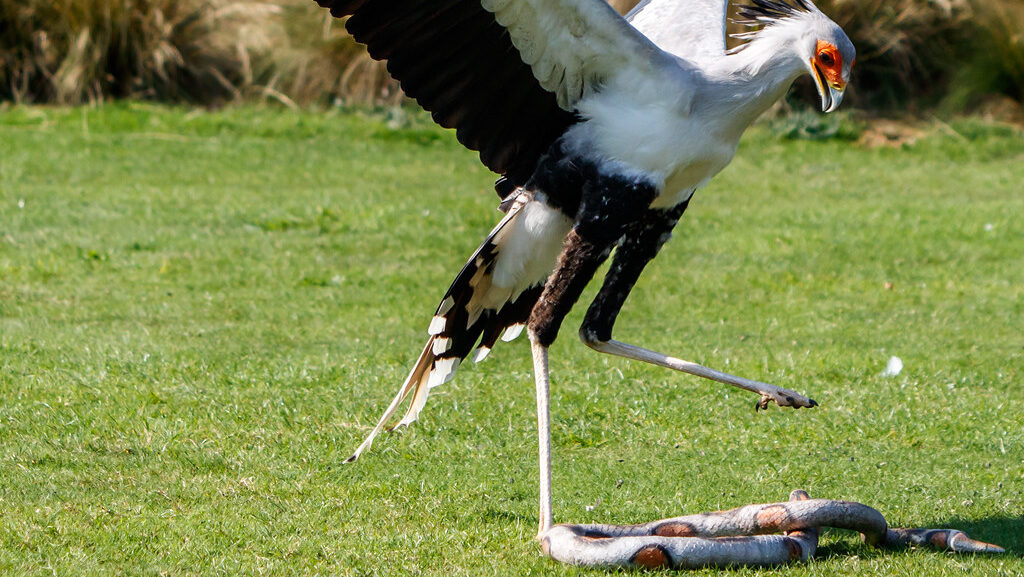
The dietary habits of raptors reveal a world far more complex and surprising than most people imagine. From golden eagles taking down deer to secretary birds stomping venomous snakes and owls seemingly immune to skunk spray, these aerial predators have developed remarkable adaptations to exploit diverse food sources. Their hunting strategies range from the cooperative pack hunting of Harris’s hawks to the specialized snail extraction techniques of the snail kite. These unexpected prey choices not only demonstrate the remarkable adaptability of raptors but also highlight their critical ecological roles across diverse habitats. As we continue to study these magnificent birds, we’ll likely discover even more surprising aspects of their feeding ecology, further expanding our understanding of these apex predators and their vital contributions to ecosystem balance.
